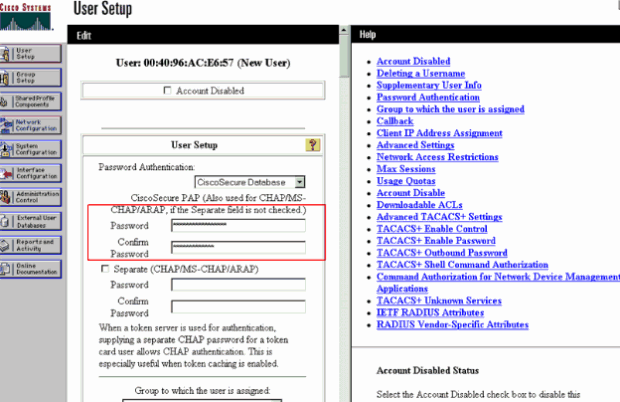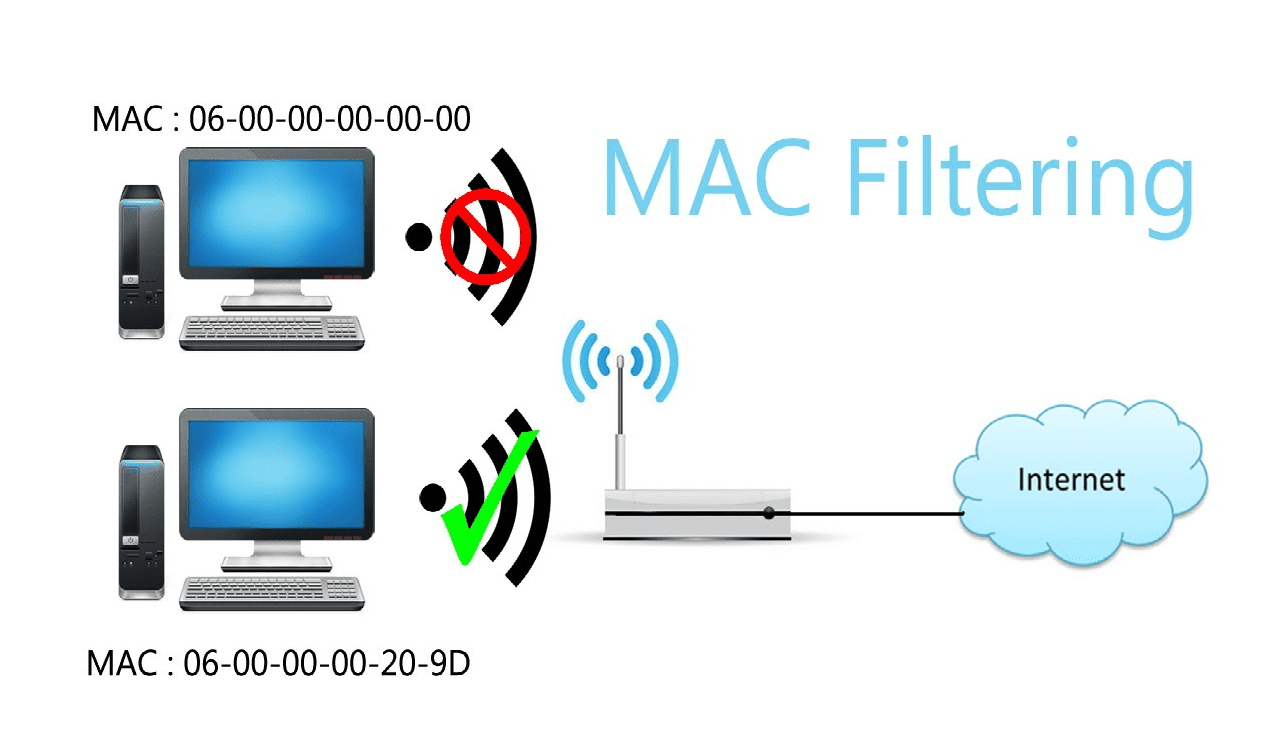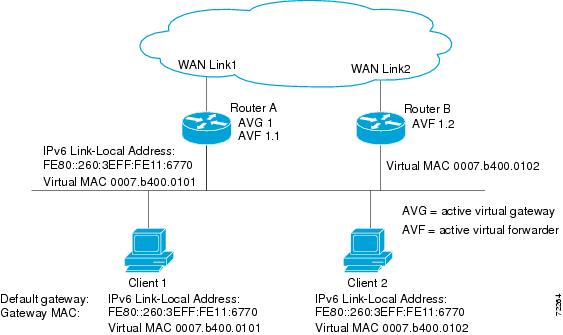
What if I wanted something different? Let’s say I want to deny traffic from network 192.168.12.
#TYPICAL CISCO MAC ADDRESS MAC#
You won’t see them with the show access-list command because the “deny any” is dropping them. iOS 14 introduced the MAC randomization feature which means that for each SSID, devices running iOS 14 will present a distinct randomized MAC address. The source IP address of this IP packet is now 1.1.1.1 and you can see these pings are failing because the access-list drops them. When you send a ping you can use the source keyword to select the interface.

By convention, these addresses are usually written in one of the following three formats, although there are variations: The leftmost six digits (24 bits), called a prefix, are associated with the adapter manufacturer (M). For the purpose of connecting to a device, and recovering its data, or setting up a filtering process, or looking up the location. Packet sent with a source address of 1.1.1.1 Traditional MAC addresses are 12-digit (6 bytes or 48 bits) hexadecimal numbers. MAC addresses are also necessary for a MAC address lookup, which means finding the geographical location of the device via the MAC address. Let me show you something useful when you are playing with access-lists: R1# ping 192.168.12.2 source loopback 0 We can use this to verify our access-list. is a MAC vendor associated with the following MAC addresses. Our ping is successful let’s check the access-list: R2# show access-listsġ0 permit 192.168.12.0, wildcard bits 0.0.0.255 (27 matches)Īs you can see the access-list shows the number of matches per statement. Success rate is 100 percent (5/5), round-trip min/avg/max = 4/4/4 ms Sending 5, 100-byte ICMP Echos to 192.168.12.2, timeout is 2 seconds: Now let’s generate some traffic… R1# ping 192.168.12.2 Above you see that access-list 1 has been applied inbound. You can verify that the access-list has been applied with the show ip interface command. R2# show ip interface fastEthernet 0/0įastEthernet0/0 is up, line protocol is upĭirected broadcast forwarding is disabled I applied it inbound with the in keyword. Use the ip access-group command to apply it to an interface. Let’s apply this access-list inbound on R2: R2(config)# interface fastEthernet 0/0

The ipconfig /all command displays the computer MAC address. Computer MAC addresses are usually displayed as 6 sets of two hexadecimal numbers separated by dashes or colons (example: 15-EF-A3-45-9B-57). Keep in mind at the bottom of the access-list is a “deny any”. Every computer on an Ethernet local network has a Media Access Control (MAC) address that is burned into the Network Interface Card (NIC).

Now let’s start with a standard access-list! I’ll create something on R2 that only permits traffic from network 192.168.12.0 /24: R2(config)# access-list 1 permit 192.168.12.0 0.0.0.255 If you choose to use a routing protocol to advertise networks, be careful that your access-list doesn’t block your RIP, EIGRP or OSPF traffic…


 0 kommentar(er)
0 kommentar(er)
